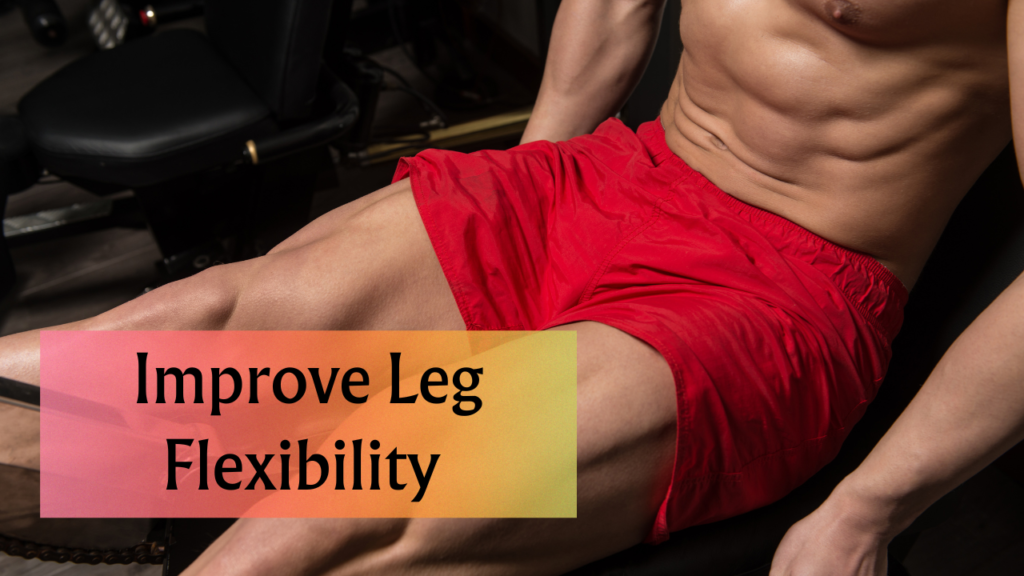In fitness, it is simple to concentrate on the visible muscles, or the anterior chain, which consists of the muscles on the front of the body. However, a trio of muscles along the back of the quadriceps called the hamstrings assist in extending the legs from the hips and bending and straightening the knees (read: they’re vital!). Weak hammies can contribute to lower back and knee discomfort, making running and kicking more difficult. Additionally, to optimize the performance of your hamstrings, you should focus on strengthening the neighboring muscles, including your quadriceps, adductors, and glutes.
Thus, how should one concentrate on the rear of the thighs? Educate yourself on the advantages of hamstring exercises to strengthen and stretch these underappreciated muscles.
What Are The Hamstring Muscles?
The three major muscles that comprise your hamstrings are the biceps femoris, the semimembranosus, and the semitendinosus. Two distinct heads comprise the biceps femoris: a long head and a short head.
It is crucial to note that both the trucks and the long head of the biceps femoris start at the ischial tuberosity in the pelvis. This indicates that they participate in hip extension. Define hip extension. This results from maintaining an erect posture and aligning your thigh and torso. (The origin of the narrow head of the biceps femoris is the shaft of the thigh bone or femur.)
This indicates that hip extension exercises, such as glute bridges, and even the final act of performing a squat by standing completely erect and pressing the pelvis forward, will engage a significant portion of the hamstring muscle. However, these exercises do not target the short head of the biceps femoris. Consider performing these exercises while strengthening your quadriceps.
All of the hamstring muscles become engaged in knee flexion, which involves knee bending. The insertion site of the semimembranosus and semitendinosus is the tibia, whereas the biceps femoris is the head of the fibula. This arrangement results in the lower leg rotating internally via the semis and externally via the biceps femoris. Thus, by devoting attention to tibial rotation, one can generate focus on various muscles.
10 Hamstring Workouts For Improve Leg Flexibility
Ten Hamstring Exercises to Increase Leg Flexibility:
1. Clean Deadlift
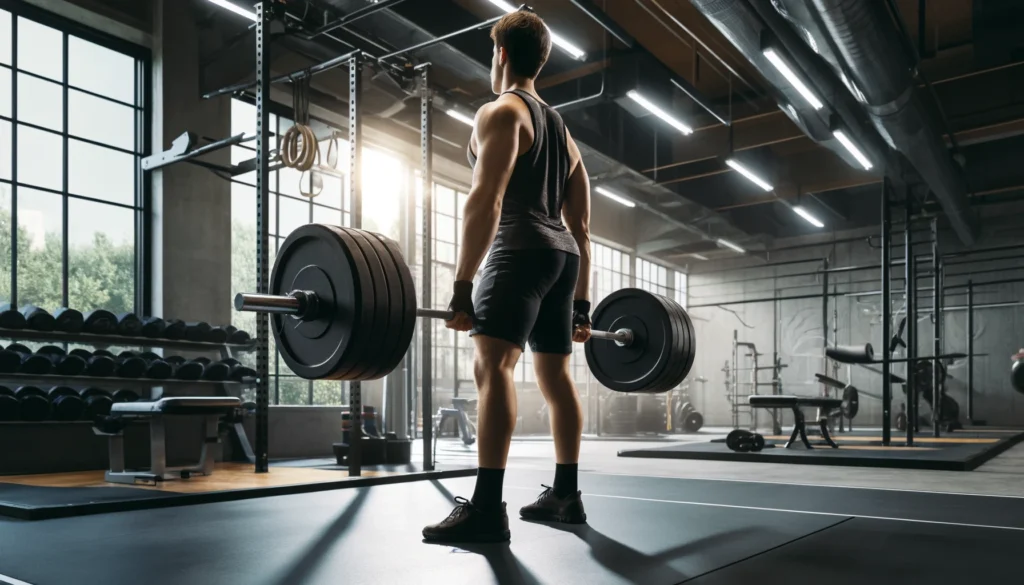
Our champion is, unsurprisingly, the deadlift. The “clean” variation of the deadlift configuration differs marginally from the conventional deadlift in that greater emphasis is placed on the hamstrings rather than the lower back. Generally, your wrists will be slightly more comprehensive, and your buttocks will be marginally lower.
For a clean deadlift, an exercise that replicates the starting position of a clean, perform with your shoulders somewhat advanced and your shoulder blades retracted. You will rely on your lats to keep the bar close to your body. Although this configuration requires slightly less weight than a standard barbell deadlift, it is an excellent way to train the posterior chain.
2. Romanian Deadlift From Deficit
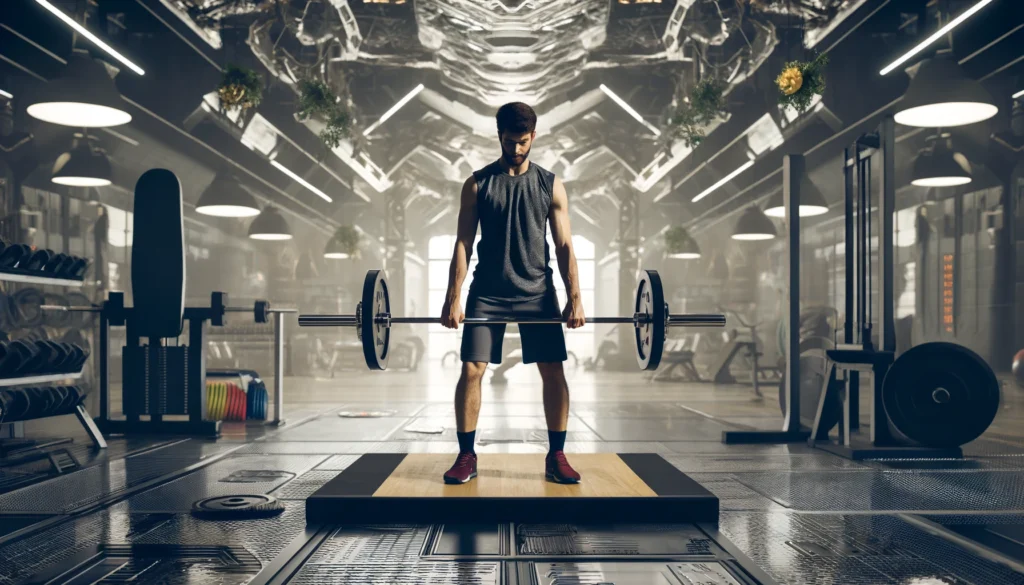
Despite being referred to as a “Romanian deadlift,” this exercise merely involves rigid legs. The legs ought to be bent slightly and maintained in that position. With each “bend over,” your pelvis will only slightly retract. While bending at the pelvis, extend the shoulders forward. Some individuals purposefully perform this motion to strengthen their erectors while rounding their backs, similar to how rounded-back good mornings are performed. This method should only be utilized by knowledgeable, advanced lifters.
3. Kettlebell One-Legged Deadlift
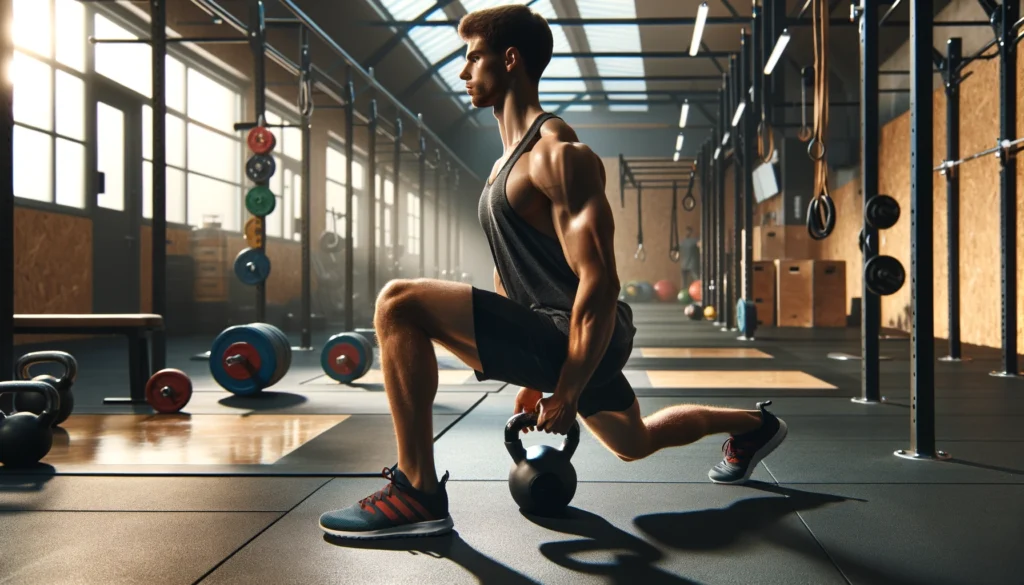
By adopting a unilateral approach to the hip hinge, one can simultaneously completely engage the hamstrings and alleviate the strain on the back. Rounding of the vertebrae is the most frequent error during this motion. Remember that the entire upper body should rotate rigidly around the hip. Avoid a roundback!
4. Power Snatch
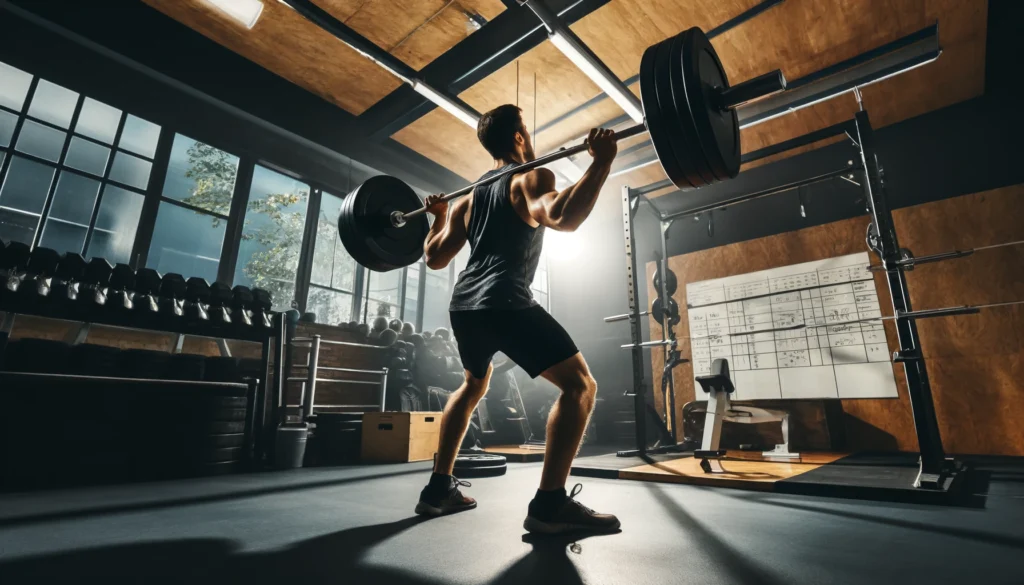
Although the snatch involves the entire body, the bar’s ascent is primarily propelled by the hamstrings. Although a complete snatch is challenging, most individuals can likely master a power snatch, in which the bar is grasped while standing or performing a full squat. This exercise is exceptionally beneficial for the hamstrings because its initial two phases consist of a deficit and a Romanian deadlift, both of which are tremendous hammy crushers.
5. Hang Snatch
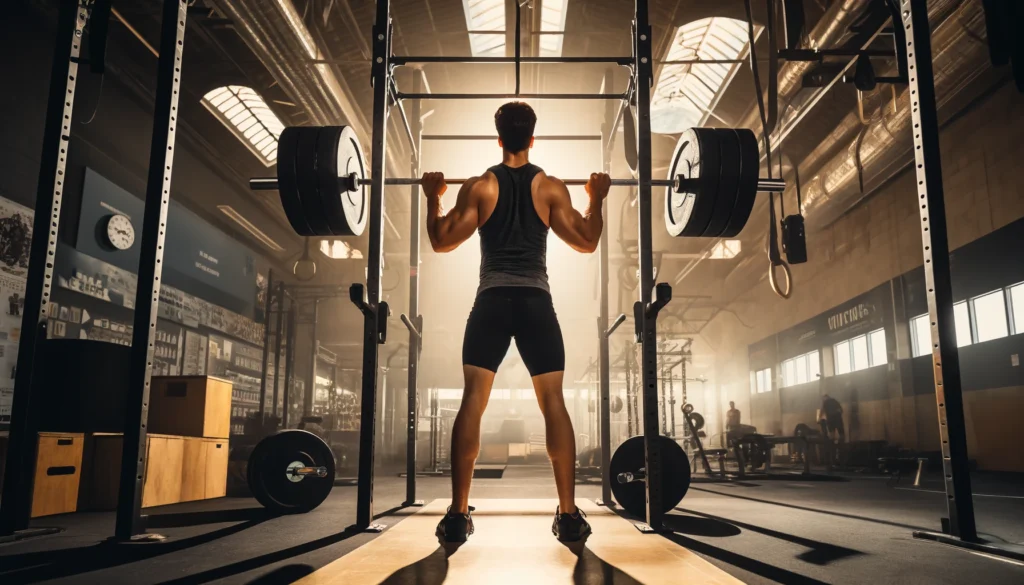
Although comparable to the power snatch, the hang snatch does not require the initial lift from the ground to the knees. It is advisable to commence by maintaining an upright stance while holding the bar overhead.
Subsequently, advance your butt back until you attain the pulling position, as opposed to beginning in the pulling position itself. If the initial portion of this motion resembles a Romanian deadlift, then you are performing it correctly.
6. Floor Glute-Ham Raise
The glute-ham raise performed by an impoverished man is considerably more complex than the original. Although the exercise’s benefits cannot be fully realized off the floor, this knee flexion exercise will be the most difficult you can perform. Initially, this movement will be beyond the capabilities of the majority of individuals; therefore, I suggest utilizing a push-off, a training companion, a band, or a push-off to reduce the difficulty.
7. Power Clean From Blocks

Similar to the other Olympic movements included in this compilation, the power clean demands forceful hip extension propelled by the hamstrings and glutes. There are numerous advantages to drawing off blocks rather than the floor; however, the principal rationale is that most individuals lack the mobility and technique to pull from the floor without committing some technique error. In certain situations, it may be preferable to concentrate the movement on the most critical component.
8. Lying Leg Curls

A classic bodybuilding exercise, the leg curl isolates the hamstrings from the remainder of the posterior chain. In the absence of a cam on the machine, leverage typically increases, facilitating the contraction during its apex. In such situations, You will ordinarily encircle the rollers with a band to increase tension as the rollers move through their range of motion.
9. Romanian Deadlift
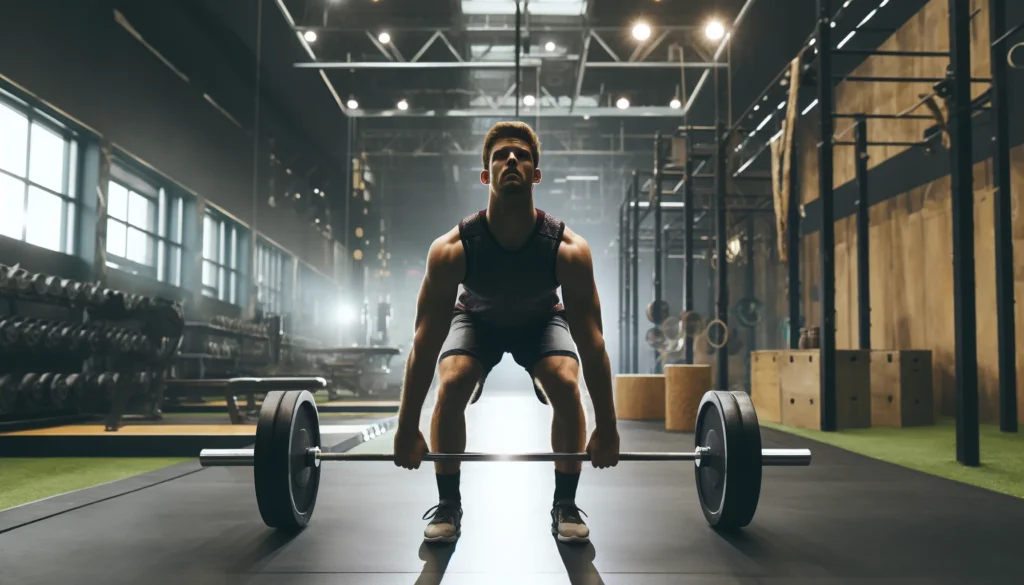
In the Romanian deadlift, it is critical to retract your butt. Consider it a horizontal motion, in contrast to the vertical motion of our other deadlift exercises. This style involves a minor bend in the knees while the butts return.
Perform properly, even without weight, until your hamstrings feel about to rupture by the time your palms reach your knees. If you can make contact with your fingertips, your technique needs to be corrected. Maintain an upright posture while attempting to maximize the distance between your jaw and butt.
10. Sumo Deadlift
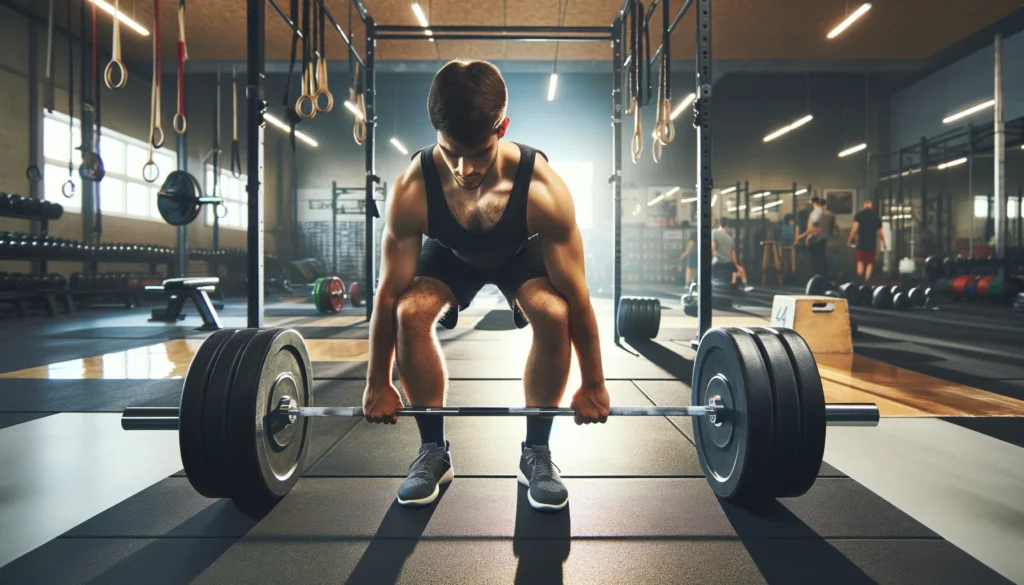
It is fitting that we conclude our list with a deadlift, as we began it with one. The sumo deadlift’s inclusive stance transmits some of the weight from the back to the hips. Moreover, in addition to facilitating proper position maintenance, the configuration is exceptional for strengthening the hamstrings and glutes.
Benefits Of Strengthening Your Hamstrings
Goodtree explains that the hamstrings, which consist of the semitendinosus, semimembranosus, and biceps femoris, are an essential leg muscle group located at the rear of the legs. According to her, “Hamstrings are key in the function of your knee and hip. Anything that involves bending your knee, walking or running, uses your hamstrings.”
Unexpectedly, most individuals are quad-dominant, which indicates that the strength of their anterior chain of leg muscles surpasses that of their posterior chain, which comprises the hamstrings. Strengthening your hamstrings is critical for preventing muscle imbalances, which are detrimental to your health and safety.
Best Tips For Training Hamstrings
Goodtree advises that you maintain a neutral back and an engaged core while performing these hamstring exercises. “Generally speaking, you should have a strong, stable spine in all of these moves,” she says. Guard your core to support your spine and decrease pressure on your back.” This movement reminder is particularly essential during weight-bearing hamstring exercises, such as kettlebell swings and deadlifts, to prevent lower back injuries.
Integrating these hamstring exercises into one’s regimen can substantially enhance lower limb flexibility, thereby promoting improved motor functions and decreased susceptibility to injuries. Combining consistent stretching and regular practice will assist you in attaining optimal results. Remember to execute these exercises gradually and increase the intensity as your flexibility improves.

